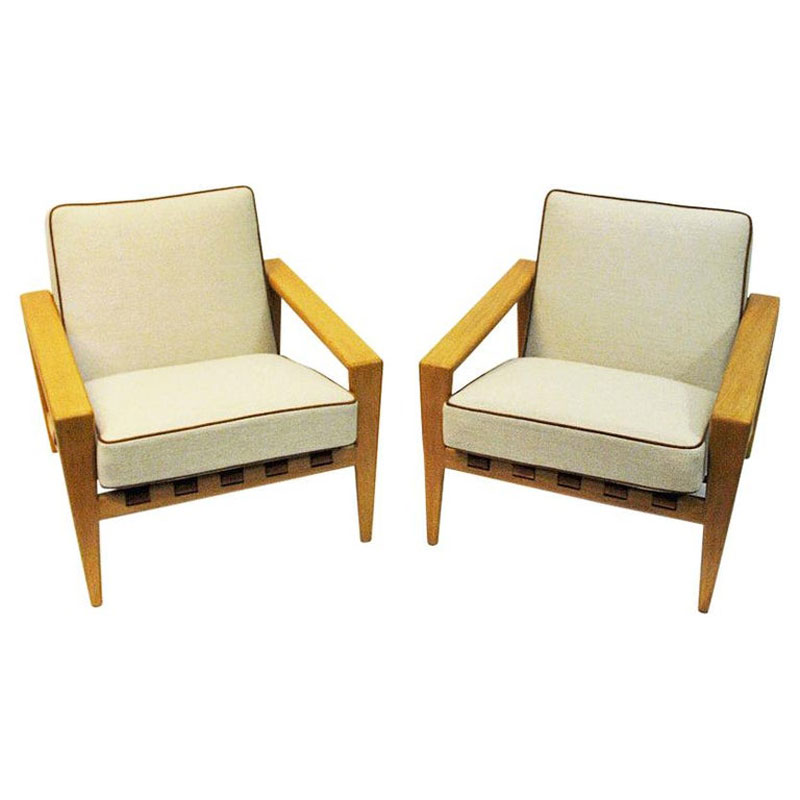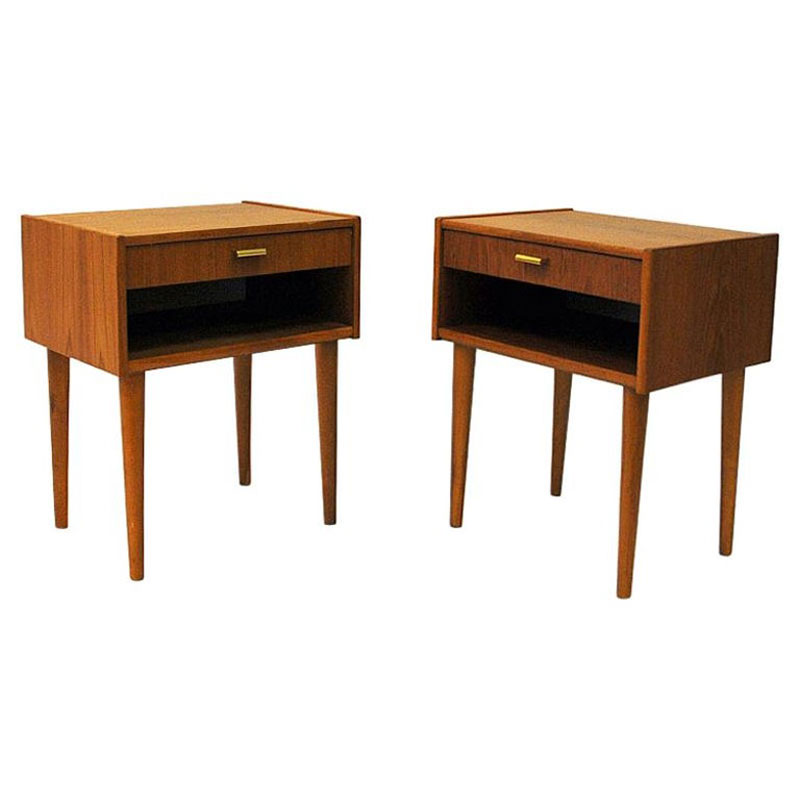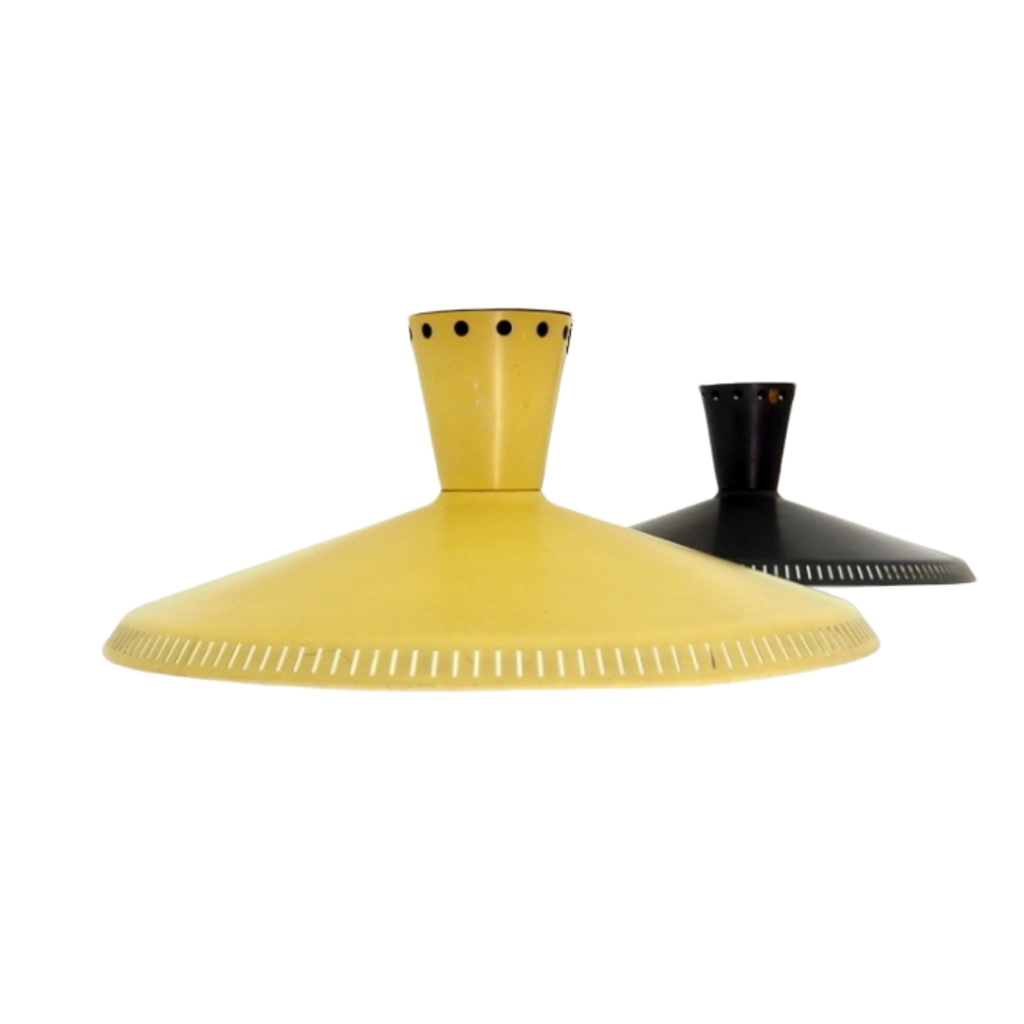I think @mvc is trying to say nonverbally that there is a challenge in the fact that your chair looks different than the PD or OM chairs. It is well outside the range of variation we might see in a cabinetmaker piece where we can expect variation. It might also be something that has nothing to do with Erik Buck or Povl Dinesen. It could be all sorts of things, really...
Ç'est ça.
If we return to what @cdsilva said, the fundamental point I see there is that this chair has cabinetmaker low volume production features of the mid 1950s. Where he said it could be PD shortly after 1957 I would amend that to a statement that if it is related to Povl Dinesen (or some other danish cabinetmaker) it is from prior to that 1956 PD advertisement.
Conclusion? To me it's a knockoff.
There is the possibility of a random woodworker liking the design and wanting to make a set for himself. However, he would not have done a very good job in getting the design or details even close to accurate.
This could also have been a completely different designer and maker than EB/PD; which was done before 1956, which EB saw, became heavily inspired, and then “designed” a similar chair with PD.
The least likely possibility is of another company making a knockoff of the EB design afterwards. Knockoffs are, by their very nature, cheaper, unlicensed versions of a design. Mark737’s chairs would have been much more costly to produce than either PD or OD originals. And it would’ve been the dumbest knockoff company to use mortise and tenon joints for a knockoff.
It would be great if Palle Dinesen or an Erik Buck heir stumbled back across this thread and had some vintage info/docs that could shed some more light on these chairs.
The least likely possibility is of another company making a knockoff of the EB design afterwards. Knockoffs are, by their very nature, cheaper, unlicensed versions of a design. Mark737’s chairs would have been much more costly to produce than either PD or OD originals. And it would’ve been the dumbest knockoff company to use mortise and tenon joints for a knockoff.
I don't agree with that argument. And how do we know it was a company and not a small one-man carpenter workshop. The stability of the connections with dowels is low, a serious carpenter does not use dowels, that is unprofessional. Dowels are generally used when production is machine-based.
Even though this design was the first Danish chairs I ever owned, as well have owning 3 other sets over the years, I never realized how many design variations there are out there. Here are two more variations, one with slightly different details, including spacers between backrest and frame, and one with more significant framing details at the seat rails. Neither look like cheap production.
https://www.pamono.eu/mid-century-modern-scandinavian-teak-armchair-by-erik-buck-for-poul-dinesen (this framing mirrors marked PD examples).
http://www.greyshade.de/model-49-rosewood-dining-chairs-by-erik-buch-for-odense.html (scroll down to blue fabric chairs for non-standard, and not cheaper, framing)
The least likely possibility is of another company making a knockoff of the EB design afterwards. Knockoffs are, by their very nature, cheaper, unlicensed versions of a design. Mark737’s chairs would have been much more costly to produce than either PD or OD originals. And it would’ve been the dumbest knockoff company to use mortise and tenon joints for a knockoff.
I don't agree with that argument. And how do we know it was a company. The stability of the connections with dowels is low, a serious carpenter does not use dowels, that is unprofessional. Dowels are generally used when production is machine-based.
You seem to have missed a posted photo that clearly shows the joints are mortise and tenon.
Erikbuch.com the website for the company currently making licensed 61 stools and 49 chairs says the 49 chair was designed in 1949. Is there any evidence it was produced by PD or anyone else prior to 56? By the way, they also spell his name "Buch" and add "Buck as the English say it". But I notice the PD ad from 56, which appears to be aimed at the Danish market, spells it Buck. So can we safely conclude that Buck is the correct spelling? Thanks again y'all for all the great info.
Erikbuch.com the website for the company currently making licensed 61 stools and 49 chairs says the 49 chair was designed in 1949. Is there any evidence it was produced by PD or anyone else prior to 56? By the way, they also spell his name "Buch" and add "Buck as the English say it". But I notice the PD ad from 56, which appears to be aimed at the Danish market, spells it Buck. So can we safely conclude that Buck is the correct spelling? Thanks again y'all for all the great info.
No, Buch is the correct name, in Danish the ch is pronounced as ck.
And if the catalog spells it Buck, then the editor of the catalog is just an unprofessional idiot.
@mvc I think perhaps you meant to say "phantom" , as it appears Hr. Buck was something of a Geist. It seems unlikely to me that a Danish ad written by a Danish company contemporaneously with their collaboration would misspell his name. And the DFI and many other Danish sites also spell it Buck. And since he appears to have left no heirs, nor any documentation of his existence, what else do we have to go on?
If you need any help, please contact us at – info@designaddict.com









